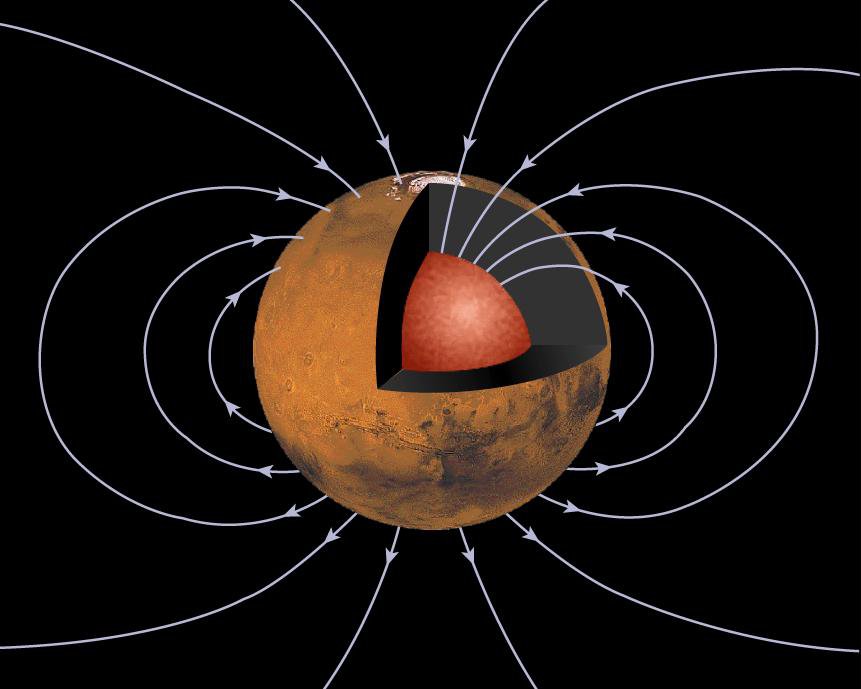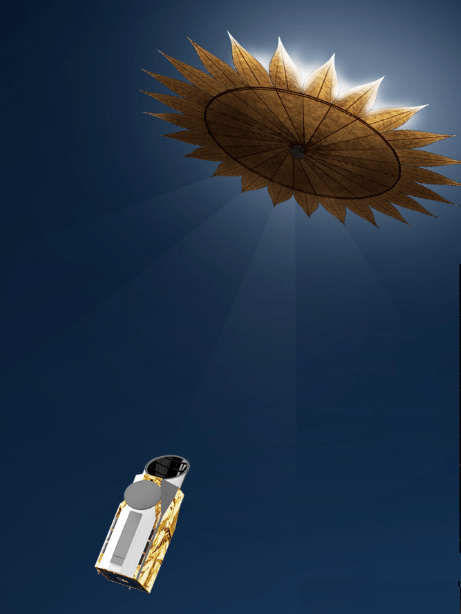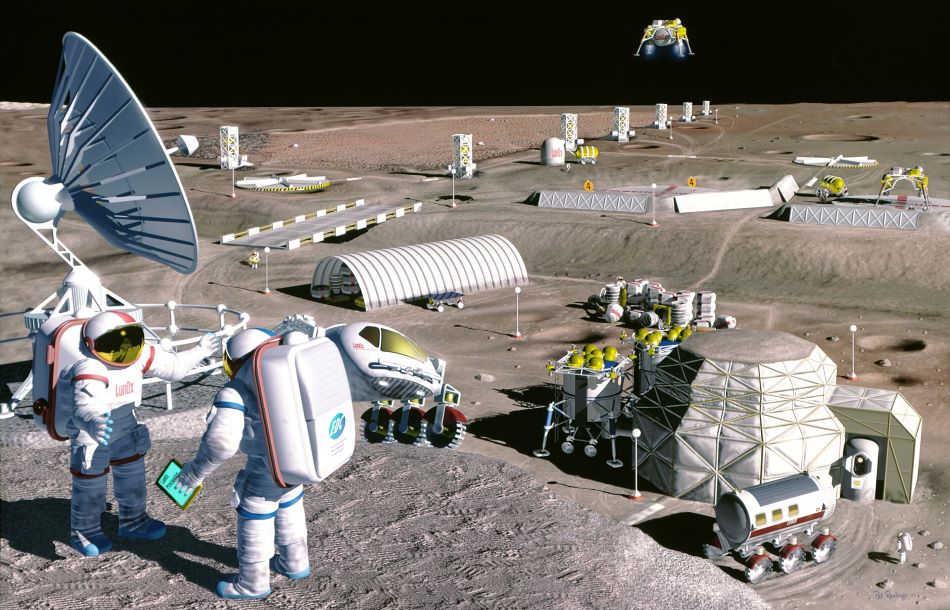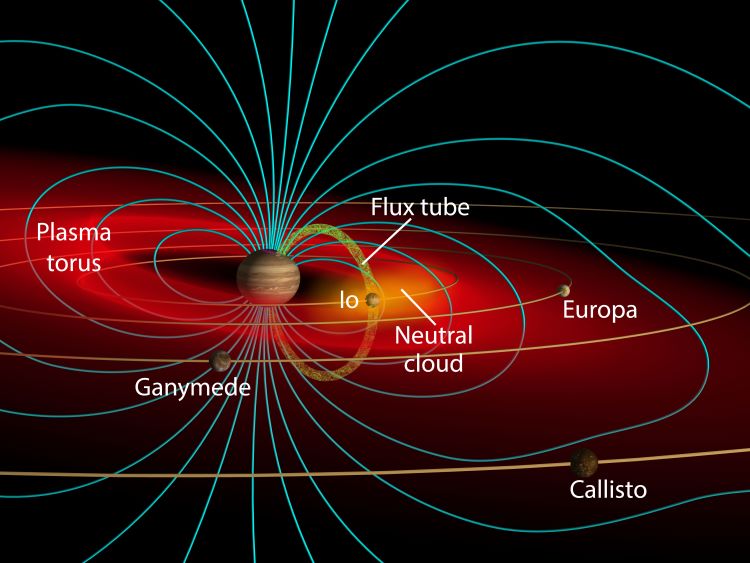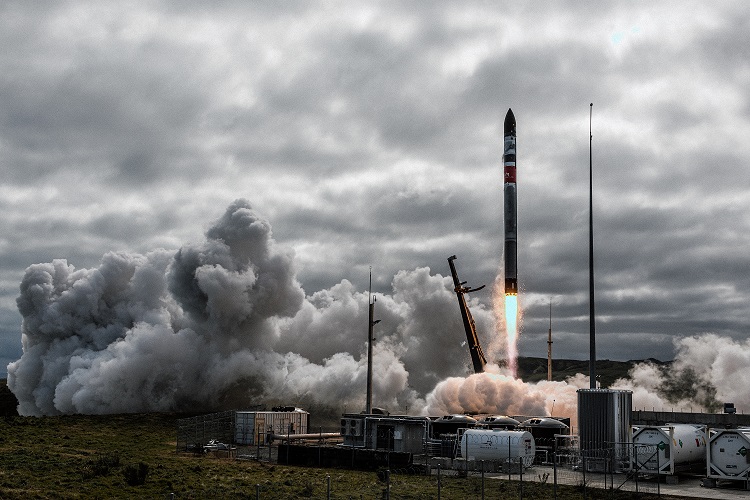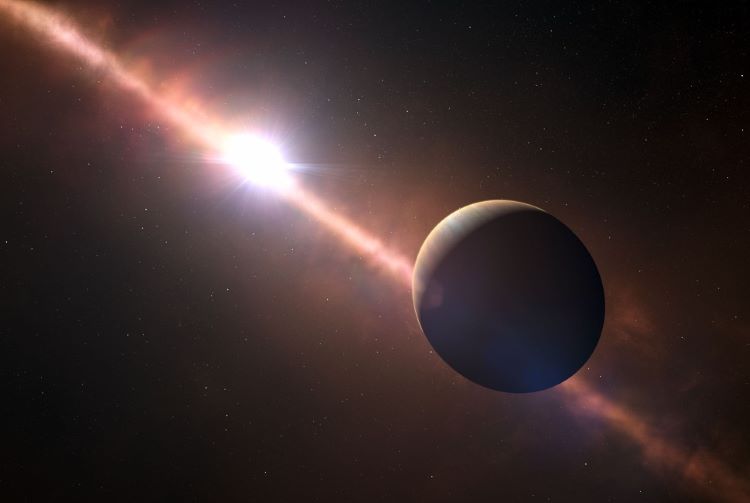A recent study published in The Planetary Science Journal examines how helicopters equipped with a magnetometer could be used to conduct magnetic field investigations within the crust of Mars, providing important insights into the present characteristics and early evolution of the Red Planet. This study comes as NASA’s Ingenuity helicopter continues breaking records and making history as the first powered aerial explorer on another planet, along with the recently expired NASA InSight lander using its own magnetometer to measure the crustal magnetic field.
Continue reading “Helicopters Could Map the Magnetic Fields on Mars”Helicopters Could Map the Magnetic Fields on Mars
